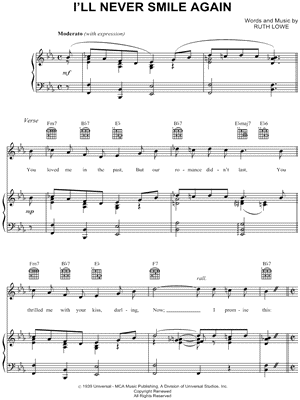Readers may have noticed that yesterday’s blog had no pics. I find that I have a bit less time for blogging these days and curtail my morning’s efforts by omitting the time it takes for lengthy searches for just the right pic. When time returns, I will probably go back to that.
Yesterday I came closer to a finished score of “Dead Man’s Pants.” I am trying to resist obsessive composing day and night. I fear I will burn myself out quickly if I give in to the impulse to work constantly on this project.
Nevertheless I seem to be finding time to do the work. I think it is coming along. The piece timed out at around 9 minutes yesterday. Which for the number of instruments (12 plus vocals), is a whole lot of writing. At this point there are 314 measures in the piece which consists of several sections.
I also composed a light musical setting of a piece of service music for the Eucharist yesterday, the “Holy, holy.” This text used to be known as the Sanctus of the Mass and is now part of the ritual of any liturgical Christian church I can think of.
Service music has dogged me all my life. I watched several hymnals make choices about what service music to provide for people who use their hymnals. This includes the Episcopalian 1982 Hymnal.
Writing ritual music in a lighter more understandable and usable musical style has given rise to a ton of trivial sounding stuff. I wonder how possible it is to write this kind of thing successfully. I have attempted compositions in most styles however and gave this kind of thing a good try yesterday.
My idea is to write a piece to be sung in the weekly prayer that captures and facilitates this community’s current theology which I would say is a sort of moderately intelligent socially committed not too serious one. I have chosen to write music that is rhythmic and has some cleverness in the congregational melody itself. I am hoping the cleverness will seem easy to the average singer at my church. This cleverness consists of dividing up some of the text in ways that might be a bit counter-intuitive to a trained musician as he/she reads it, but that might feel natural to someone who listens and likes music these days.
I test drove it on poor Eileen last night. She kind of liked it but that’s no test because she is probably my biggest fan. But when I specifically asked her about the ease of the melody she didn’t think it sounded hard or contrived.
I will probably give it another test drive on my boss tomorrow.
My boss and my wife are good barometers of this kind of thing. Musicians often bring a sort of literate ignorance to their judgments on music. First of all it takes a wide facile understanding of interpretation of music notation to understand a composition outside of your experience and taste as a trained musician. Secondly all listeners tend to evaluate in terms of music they are already familiar with or fond of. In both cases the evaluation is colored by the fact that the more we hear something the more likely we are to enjoy or appreciate it.
Of course there does a come a point when constant repetition works against almost any piece of music. This is the dilemma of writing music to sing the same text each week in public payer.
My goal in this piece is not only to write an acceptable composition, but to provide a flexible vehicle for my own pastoral parish situation. I envision utilizing a variety of accompaniments depending upon who shows up to help on a Sunday morning.
I wrote a little introduction that I hope will set the tone for a more playful and relaxed setting. It is my hope that most weeks I will be able to convince rhythm instrument players to assist. Some weeks I would like to do it with a battery of musicians who are also parishioners. Interestingly enough I haven’t thought too much about the usual boomer instruments: guitar and bass. They will fit fine I am sure. Instead I envision some interesting parts for strings and winds and mallet instrument. My marimba is sitting at church right now.
I have been using a Jazz font in “Dead Man’s Pants” and thought it might have a good effect if I notated my “Holy” the same way.
So instead of the usual printed look:

It looks more like this:

Anyway.
I woke up thinking about how composers like Mozart, Haydn and Beethoven thought about the evolving formal structure of some of their music. Specifically what is sometimes called Sonata Allegro Form although this term is probably not one they would use.
A little poking around in my files and on the web and I came up with an article to read and a book to check out.
Now to find out when exactly Hope(less) college music library is open today. They reduce their already minimal hours dramatically during the summer.